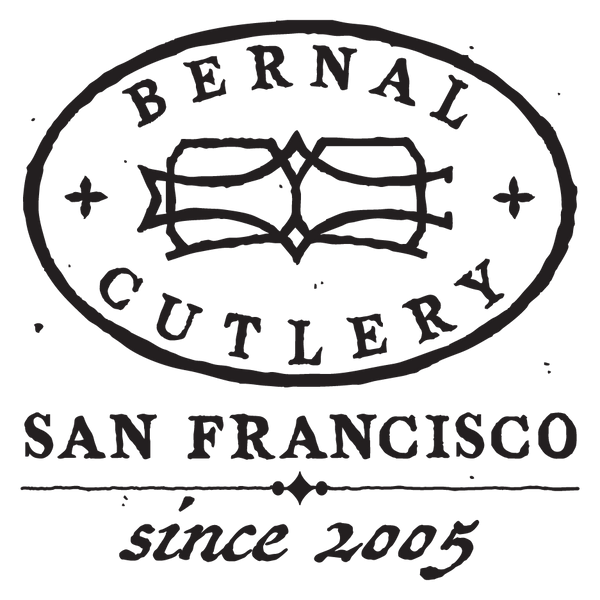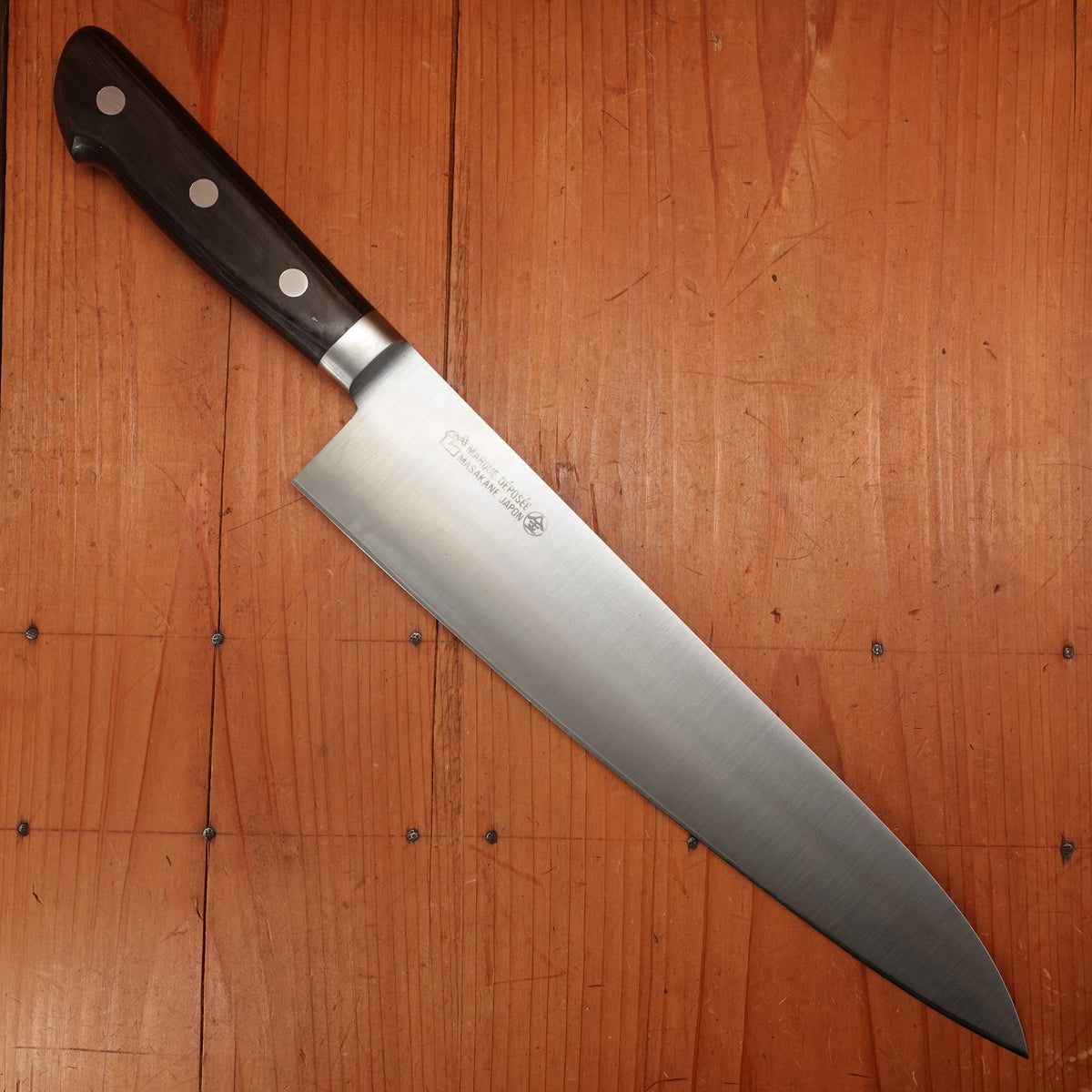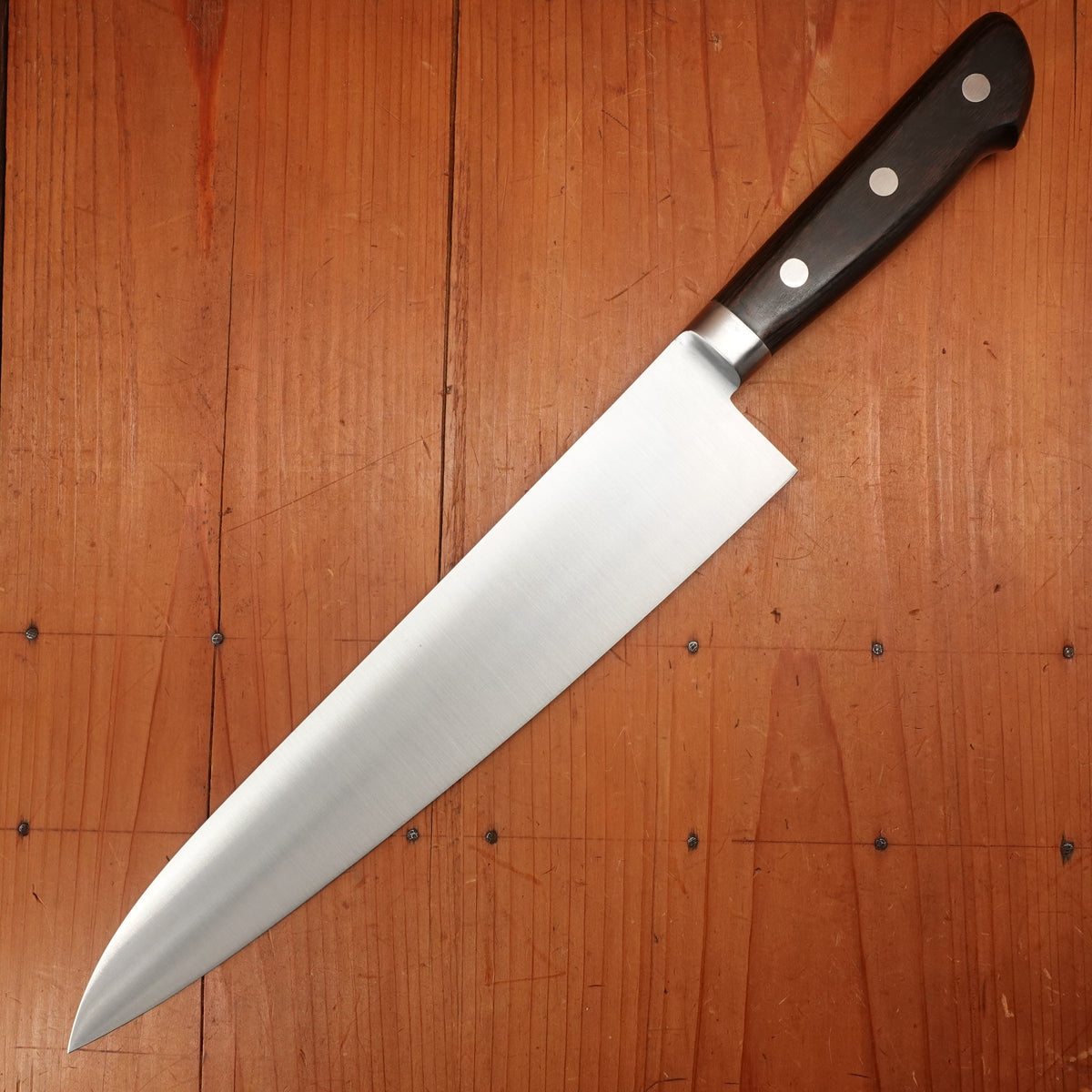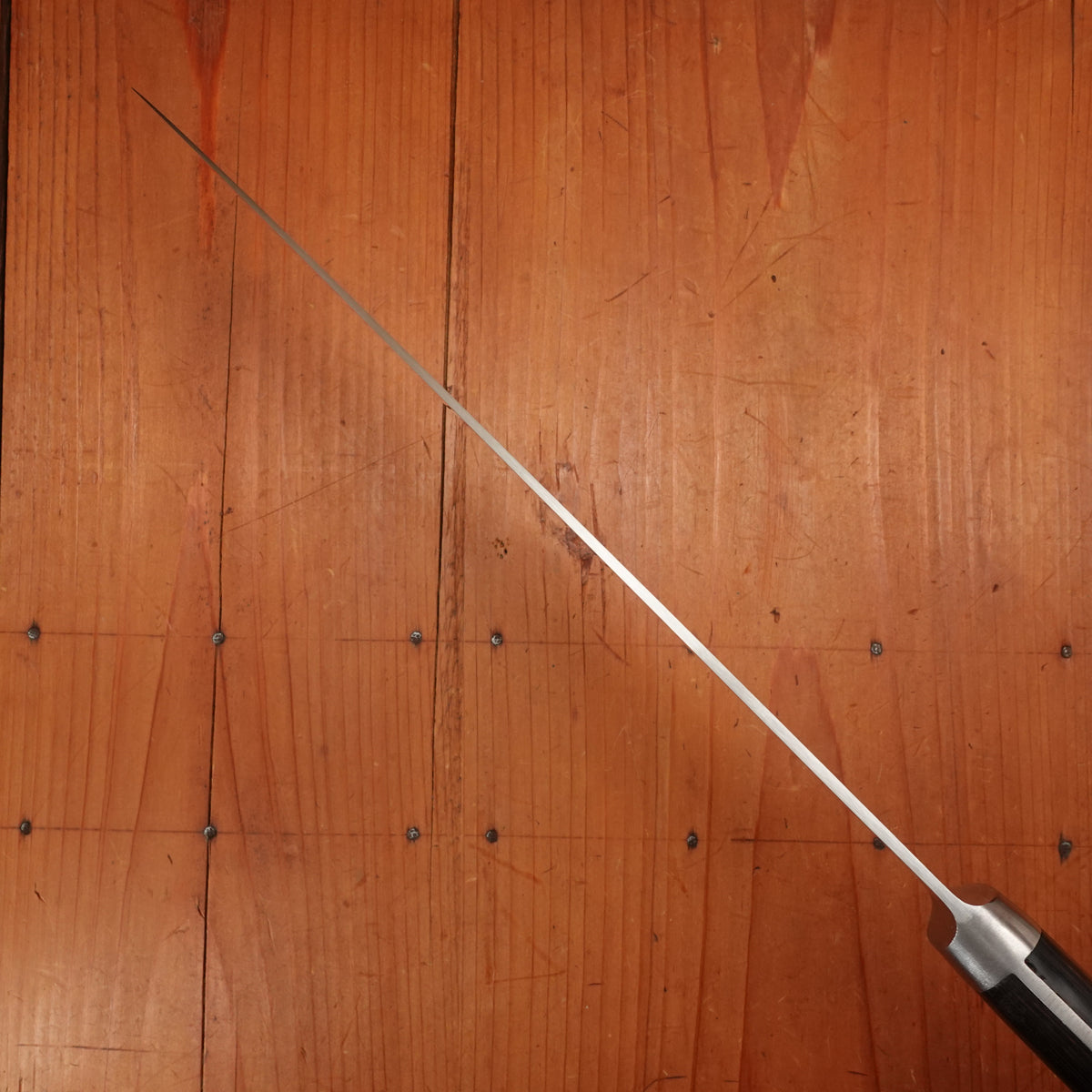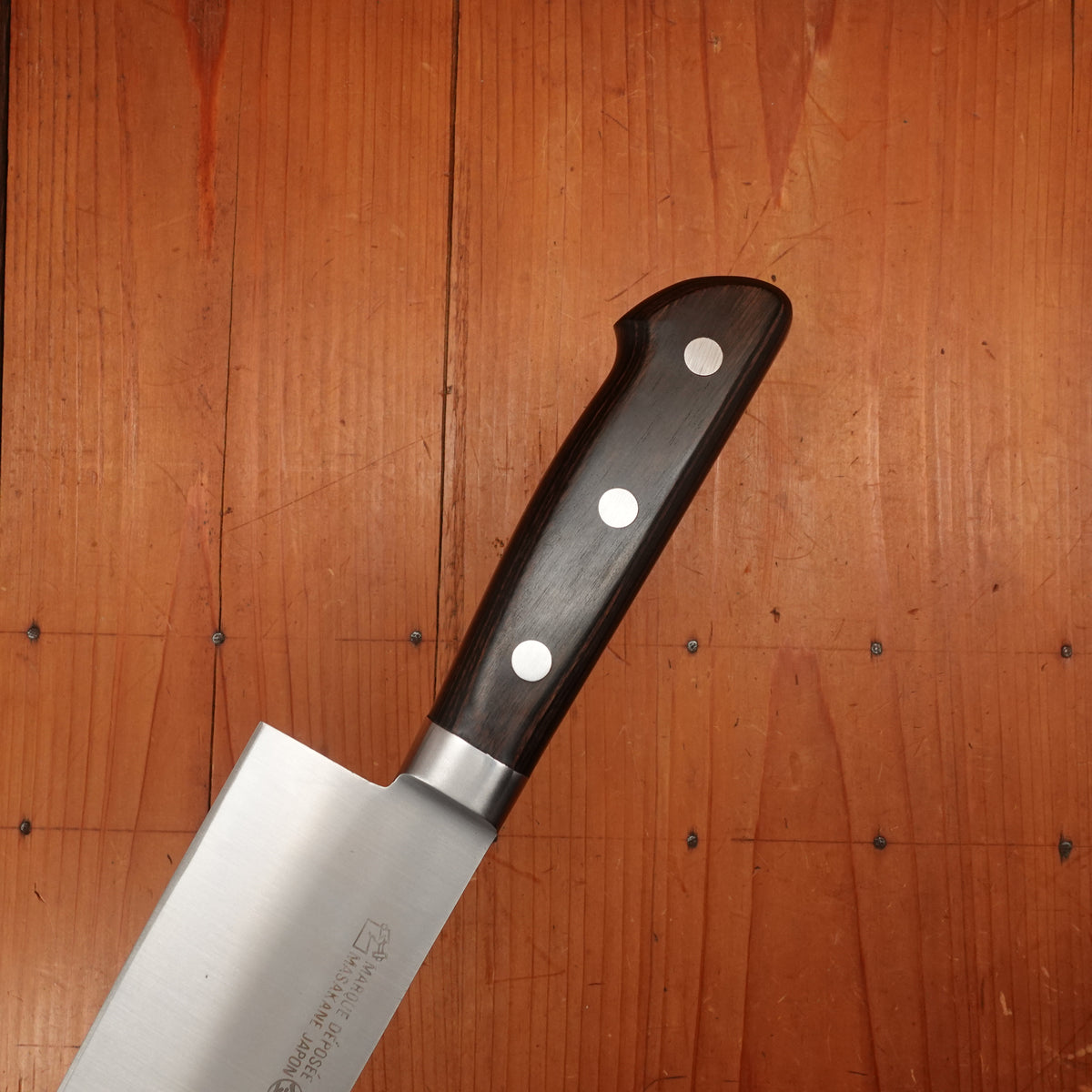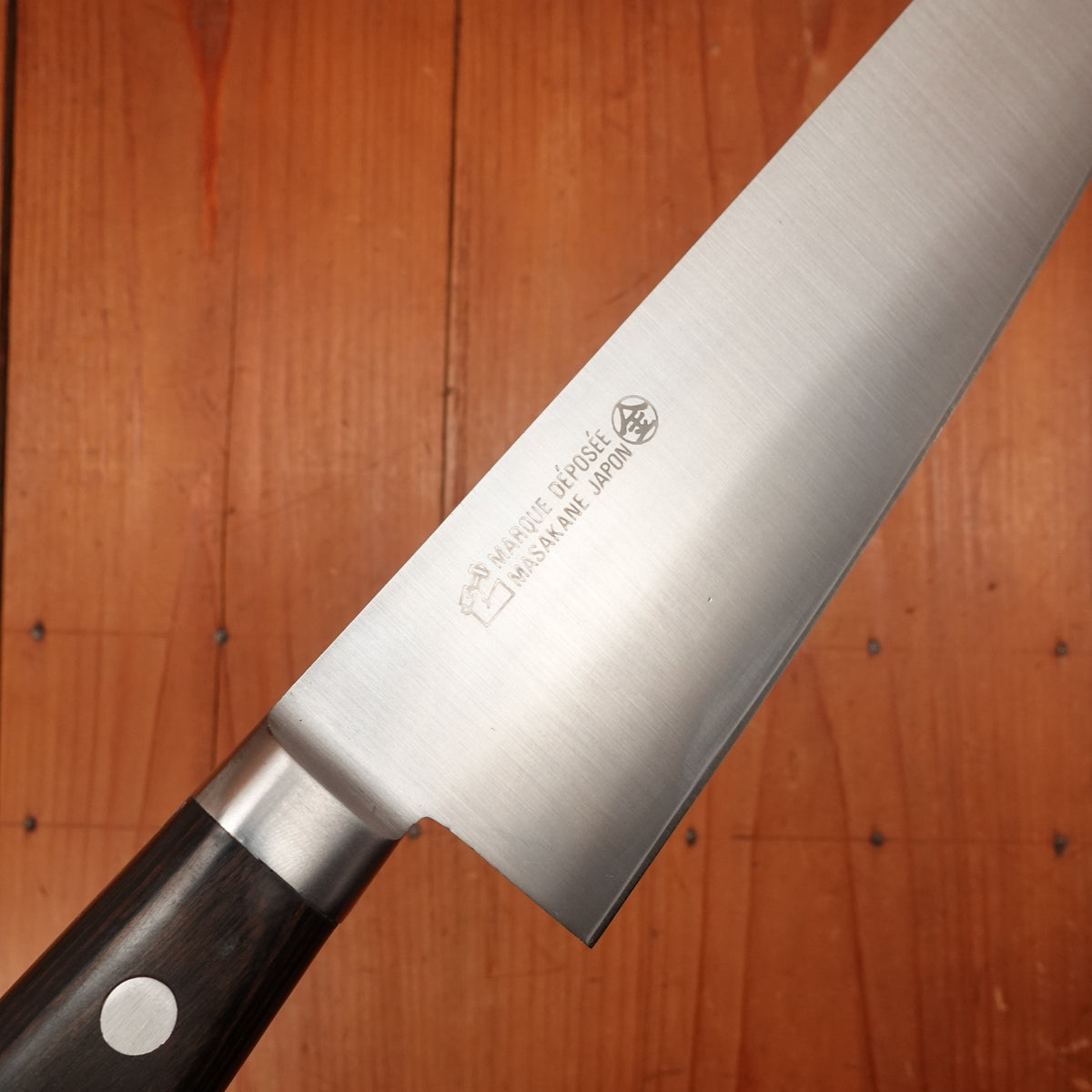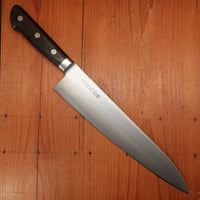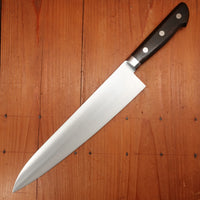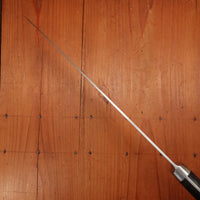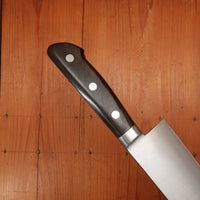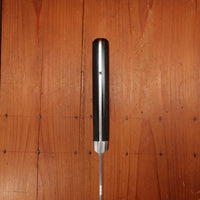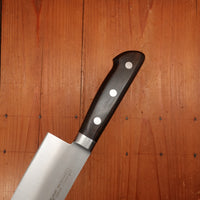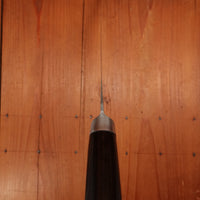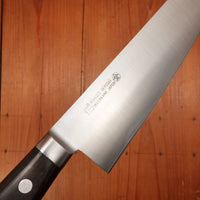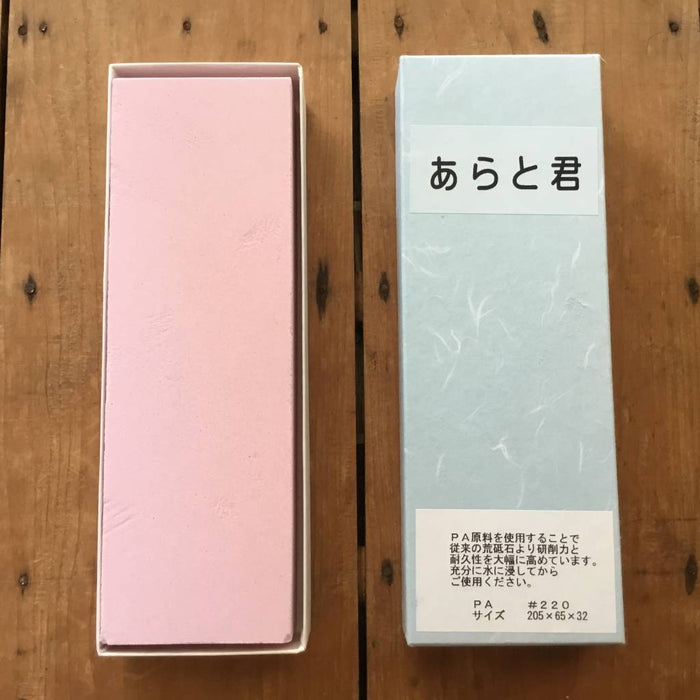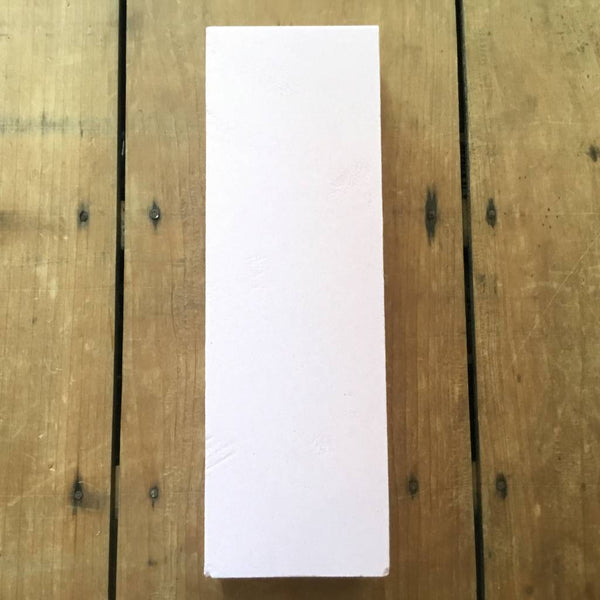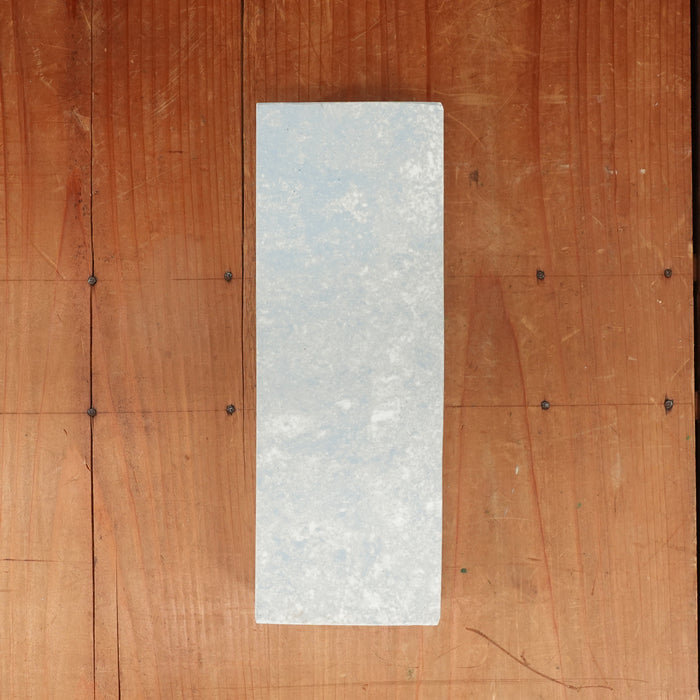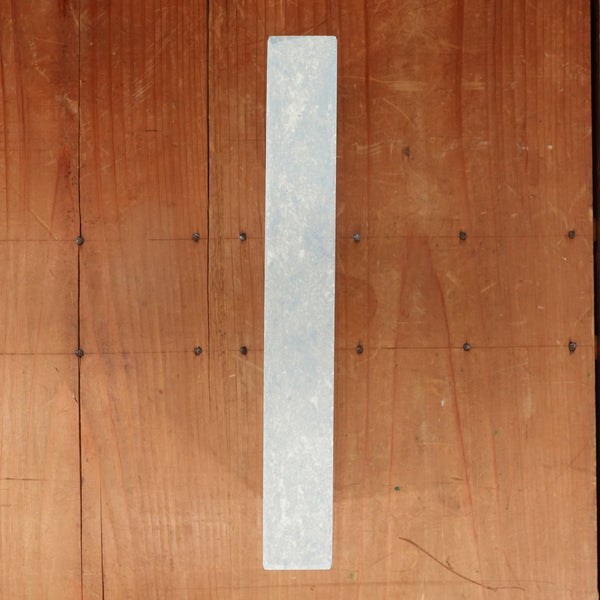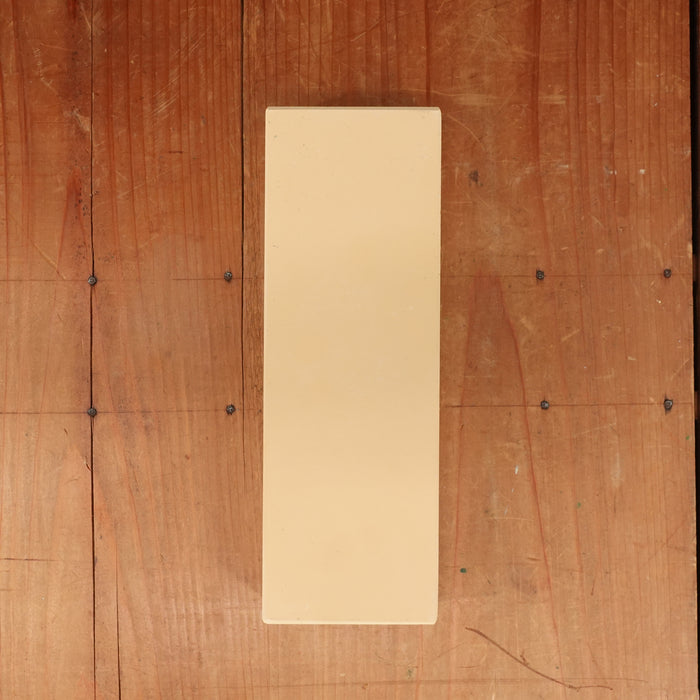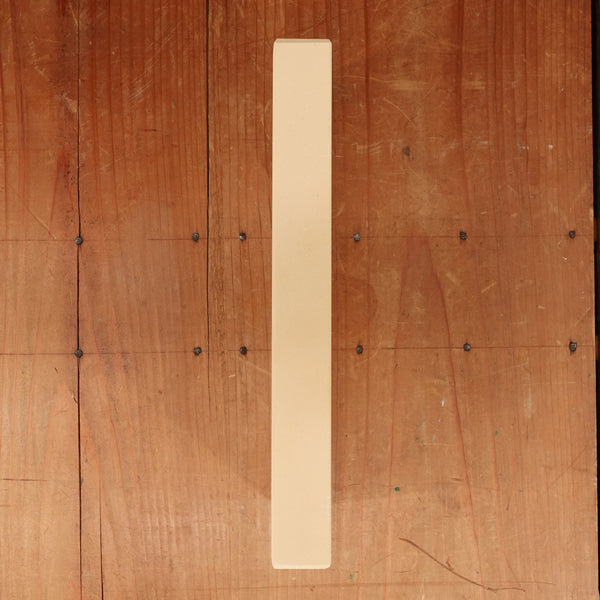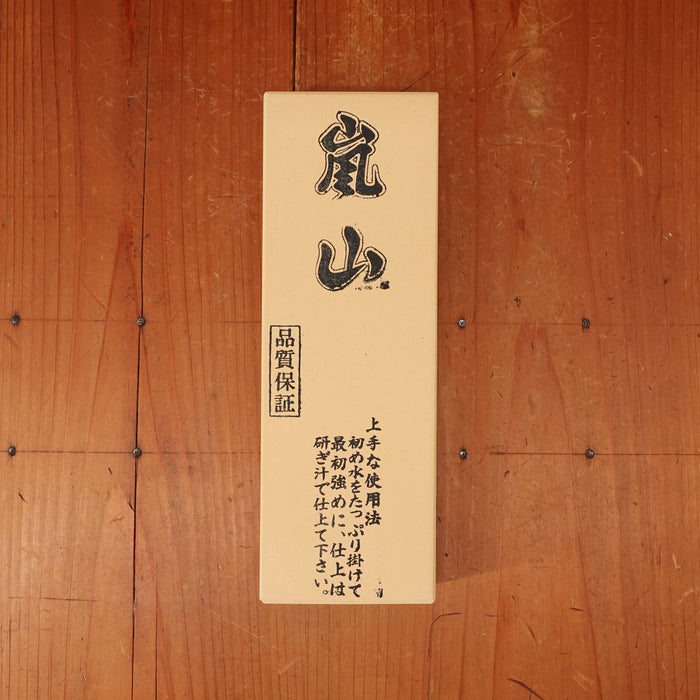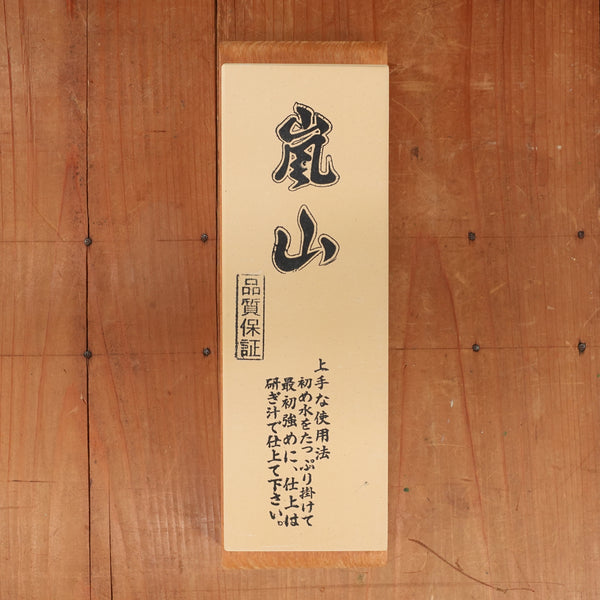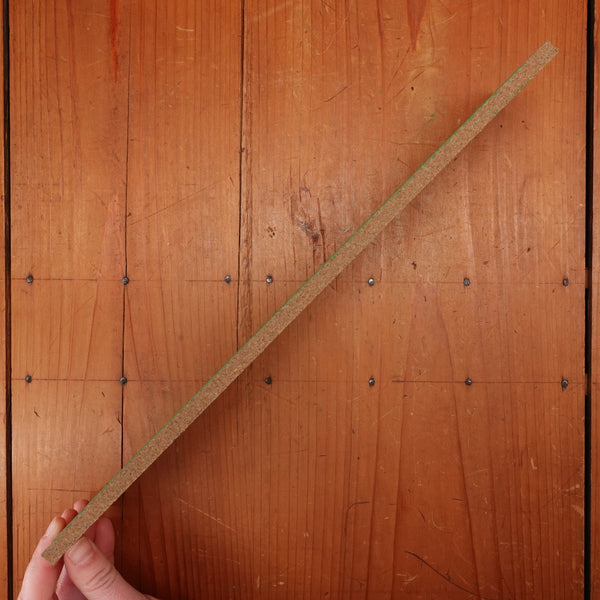New Old Stock Masakane 270mm Gyuto SK Carbon Steel Pakka Handle
-
Regular Price
-
€125,77
-
Sale Price
-
€125,77
-
Regular Price
-
Sold Out
-
Unit Price
- per
- Regular Price
- €125,77
- Sale Price
- €125,77
- Regular Price
- Unit Price
- per
New old stock SK Kanto style carbon steel gyuto from Masakane. Thin light springy hand ground blades sharpen super easily and cut very well. Pakka handles have exposed tang along the spine of tang and are smooth inside where the fingers wrap around.
These are from their later production in Seki from around the 1990’s but still have the fine grinds that the older ones had. The one piece wood handles are really nice and the round bolsters have a great feel.
*Please note, these are old knives, small rust spots or imperfections in the handles are possible and are not considered defects for return*
I have been hoarding whatever used vintage ones that come my way every blue moon. They were THE maker synonymous with gyuto for many years. When researching gyuto history for our book Sharp, Ashi-san had some interesting bits of information on Masakane because he vistied their old factory in Gondazaka (after the Yokohama factory that older ones are marked with) when he was beginning his work in the 1960’s.
Masakane knives share a lineage of the first Japanese blacksmiths who traveled to the west to learn Western knife making techniques that inspired gyuto making during the Meiji era.
These Masakane represent the tail end of the most important gyuto maker of the mid 20th century.
Thin SK mono-steel blades cut very nicely with their thin profile and are super easy to sharpen and get a nice edge that holds well. They are ideal for the professional or home cook who is looking for a great workhorse with easy sharpen-ability.
Sometimes, SK family steels are viewed as inferior to more refined Japanese carbon steels like shirogami or aogami. However, when making single steel knives, SK has its advantages. SK steel rusts slower than many other carbon steels and has a good toughness, which benefits a thin mono steel knife.
This is a non-stainless carbon steel, it should be mentioned that extra care is required, it should be washed and dried immediately after use. It will develop a dark patina with usage, but any orange rust should be removed with a light abrasive.



Listed Length: 270mm
Total Length: 406mm
Edge Length: 274mm
Heel Height: 52mm
Spine Thickness: 2.4mm
Weight:
Orientation: Right-hand Bias
Blade Type: Carbon Steel
Steel Type: SK4 Carbon Steel (JIS SK4)
Steel Hardness (HRC): undisclosed
Maintenance: More Attention
Handle Type: Hybrid
Handle Material: Pakka
Dive Deeper
Medium-Fine finish - Japanese
Sharpening Supplies
Stones & Accessories selected specifically for this knife.
Arato-kun #220 Extra Coarse Grit Whetstone
- Regular Price
- €29,49
- Sale Price
- €29,49
- Regular Price
-
- Unit Price
- per
Bernal Cutlery Takarazukushi 1200 Grit Blue Marble Semi-Soft Ceramic Japanese Whetstone
- Regular Price
- €64,19
- Sale Price
- €64,19
- Regular Price
-
- Unit Price
- per
Bernal Cutlery Takarazukushi 4000 Grit Yellow Semi-Hard Resinoid Japanese Whetstone
- Regular Price
- €71,13
- Sale Price
- €71,13
- Regular Price
-
- Unit Price
- per
Arashiyama #6000 Whetstone Stone NO Wooden Base
- Regular Price
- €50,31
- Sale Price
- €50,31
- Regular Price
-
- Unit Price
- per
Arashiyama #6000 Whetstone With Nagura Stone and Wooden Base
- Regular Price
- €53,78
- Sale Price
- €53,78
- Regular Price
-
- Unit Price
- per
Bernal Cutlery Monodiachrome™ Precharged Deburring Strop
- Regular Price
- €34,70
- Sale Price
- €34,70
- Regular Price
-
- Unit Price
- per
SK4 Carbon Steel (JIS SK4)

